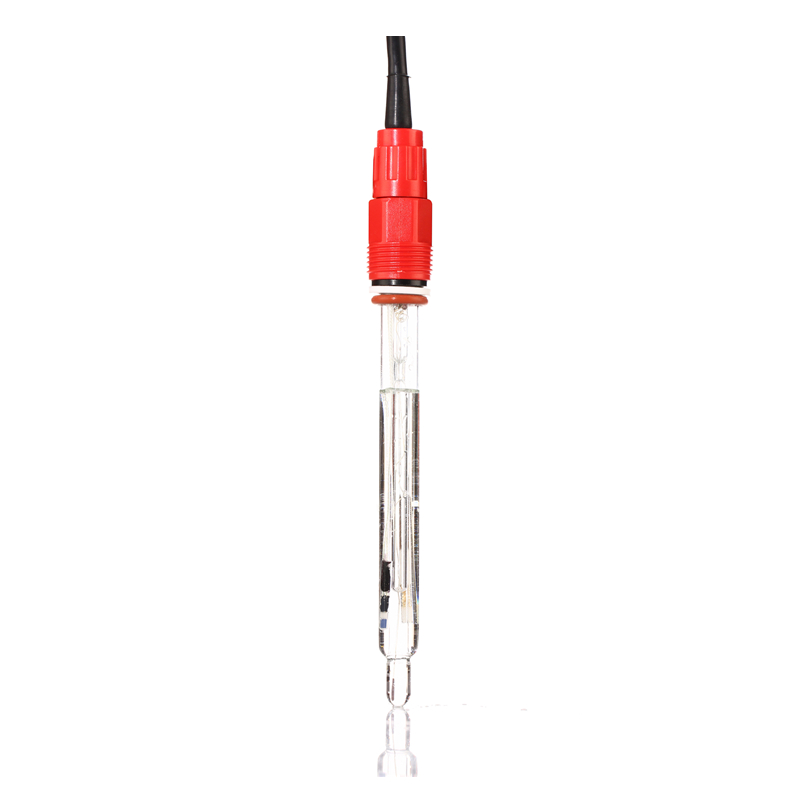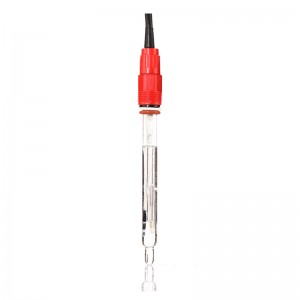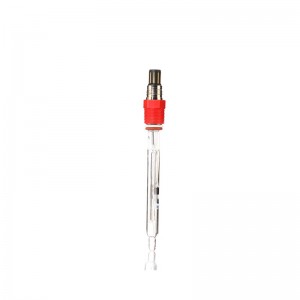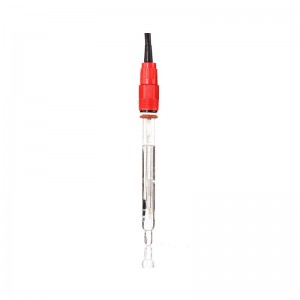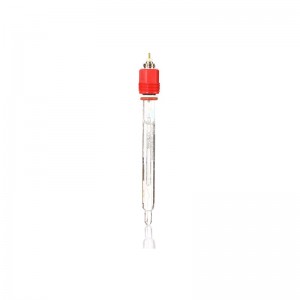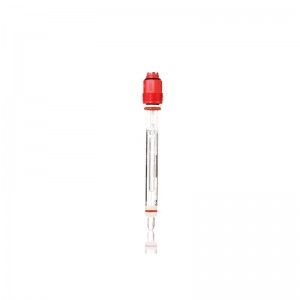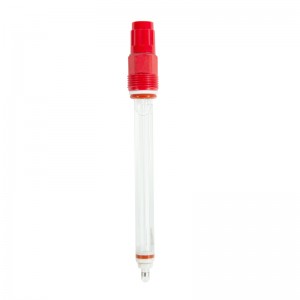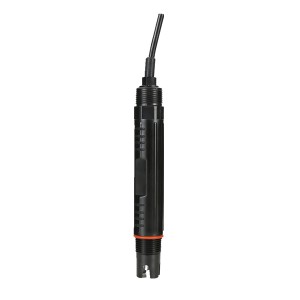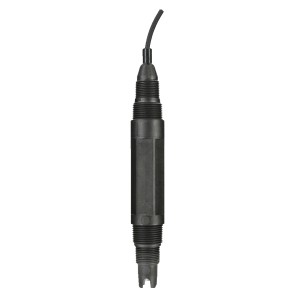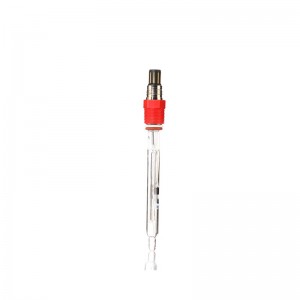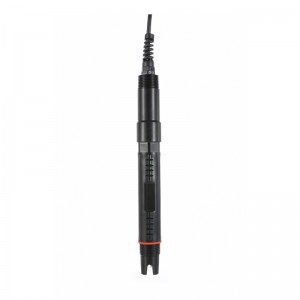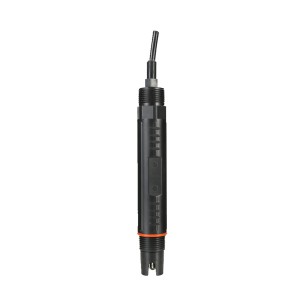Introduction
In PH measurement, the used pH electrode is also known as the primary battery. The primary battery is a system, whose role is to transfer chemical energy
into electrical energy. The voltage of the battery is called the electromotive force (EMF). This electromotive force (EMF) is composed of two half-batteries.
One half-battery is called the measuring electrode, and its potential is related to the specific ion activity; the other half-battery is the reference battery, often
called the reference electrode, which is generally interlinked with the measurement solution, and connected to the measuring instrument.
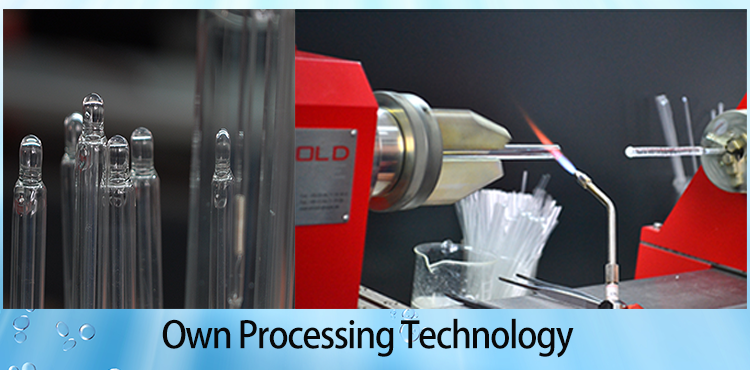
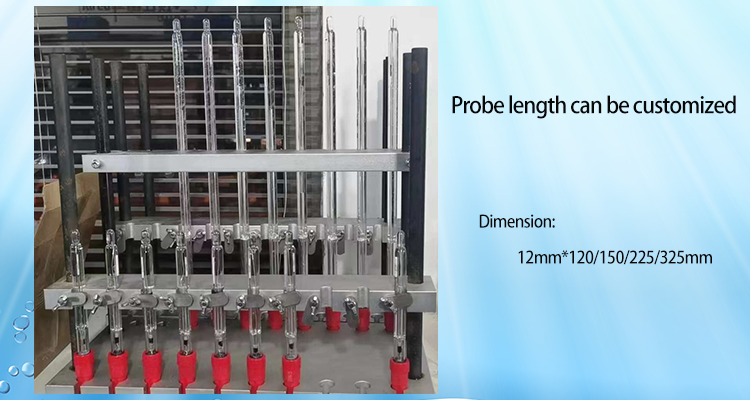
Technical Indexes
| Parameter measure | pH, temperature |
| Measuring range | 0-14PH |
| Temperature range | 0-90℃ |
| Accuracy | ±0.1pH |
| Compressive strength | 0.6MPa |
| Temperature compensation | PT1000, 10K etc |
| Dimensions | 12x120, 150, 225, 275 and 325mm |
Features
1. It adopts gel dielectric and solid dielectric double liquid junction structure, which can be directly used in the chemical process of the high-viscosity suspension,
emulsion, the liquid containing protein and other liquids, which are easy to choke.
2. There is no need for additional dielectric and there is a little amount of maintenance. With water resistant connector, can be used for pure water monitoring.
3. It adopts S7 and PG13.5 connector, which can be replaced by any electrode overseas.
4. For the electrode length, there are 120,150 and 210 mm available.
5. It can be used in conjunction with 316 L stainless steel sheath or PPS sheath.
Why monitor the pH of Water
pH measurement is a key step in many water testing and purification processes:
● A change in the pH level of water can alter the behavior of chemicals in the water.
● pH affects product quality and consumer safety. Changes in pH can alter flavor, color, shelf-life, product stability and acidity.
● Inadequate pH of tap water can cause corrosion in the distribution system and can allow harmful heavy metals to leach out.
● Managing industrial water pH environments helps prevent corrosion and damage to equipment.
● In natural environments, pH can affect plants and animals.

